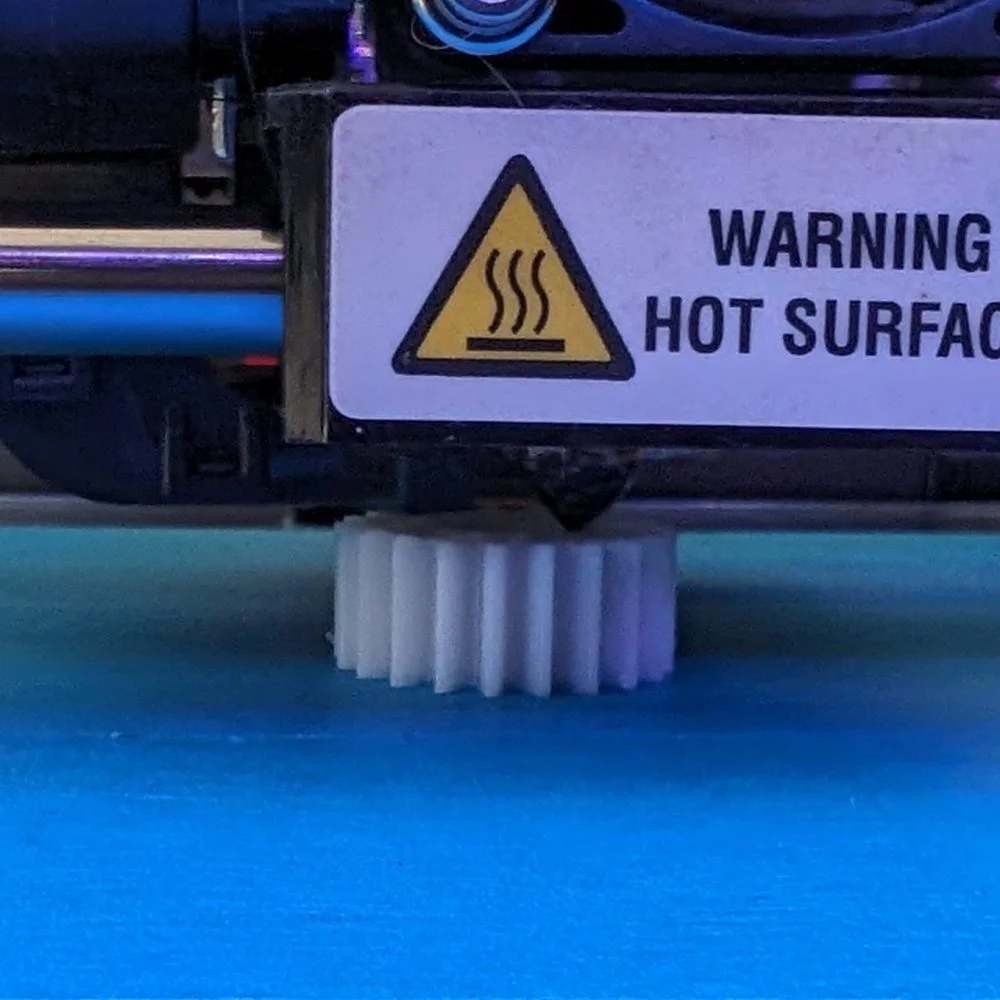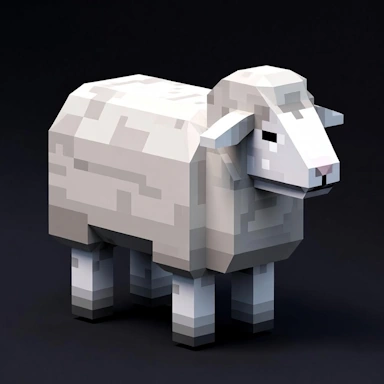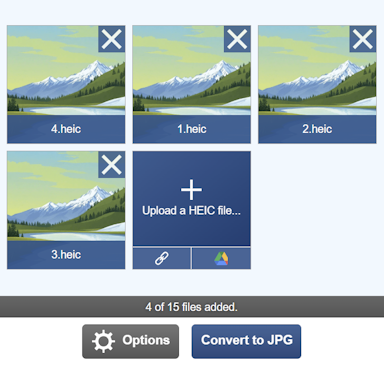A Comparison of 3MF and STL File Formats
Here we will do a comparison of both the 3MF and STL file formats to see which format is the most suitable to use in different scenarios. Although both formats are a popular choice when wishing to 3D print an object, each has different capabilities, which may influence your decision as to which one to use.
Before we begin, it's important to remember that the STL format has been around since the 1980s and was never designed to be used as a 3D printing format. It gained popularity in the early days of consumer 3D printing due to the format's simplicity and widespread support among 3D modeling software.
Structure
Although both formats are capable of storing complex 3D objects, they both go about it in very different ways. A 3MF file is capable of storing the model geometry in a highly efficient manner, whereby you have a single list of vertices and texture coordinates. From these, the faces that make up the 3D model reference them without any duplication of data. An STL file does not do this; in the STL format, each face in the 3D object has its own set of 3 vertices that cannot be re-used by other faces.
Whilst STL files are able to store a face normal, essentially the direction the face is pointing, the 3MF format does not support face normals as these can be calculated automatically with some clever math as explained here.
Supported Material
When it comes to materials, the STL format is incapable of storing face colors, materials, and textures. It is true that some vendor-specific versions of the STL format included some limited support for face colors; however, as these are not part of the STL standard specification, they will be ignored. The 3MF format, on the other hand, was designed from the start to support materials and textures, with material definitions that include color information included in the same file as the 3D object geometry. Also included within the 3MF file will be any necessary texture files, which helps when transmitting a 3MF file as all the textures needed are included and cannot be lost, as is the case with certain 3D model formats such as OBJ that store textures and materials as external files.
A custom laptop design in STL format

A cog in a Replicator 3D printer
A complete 3D-printed Pokémon Go Gym
Editing
From our experience, editing an STL file is easier than editing a 3MF file. This is mainly due to the fact that the STL format has been around a lot longer than 3MF and has widespread support within many 3D editing applications. Support for 3MF is growing, but at this time, STL files are easier to edit than 3MF files. As the 3MF format offers superior features compared to the STL format and is designed to store 3D printable objects from the start, support for it within 3D editors will only get better.
As for support amongst 3D slicer software, you will find that most slicers will support both STL and 3MF files.
File Size
When 3D objects are saved in the STL format, they are saved as a raw, uncompressed binary file, making the size of the resulting STL file much larger than when saving the same 3D object in the 3MF format. This is due to the 3MF standard using the ZIP file compression to store all the 3D model geometry, textures, and metadata.
Summary
To conclude this comparison, if you are intending to 3D print your 3D model, we would recommend the use of the 3MF file format for storing your model, provided that your 3D editing software and 3D printing slicer software support the 3MF format. If not, you can use our 3MF to STL file converter. Storing 3D objects in the 3MF format also ensures any textures and additional materials are stored within the same physical file and that the file size is kept to a minimum to help improve the speed of uploading and downloading your 3D model files.









